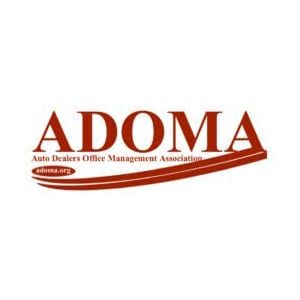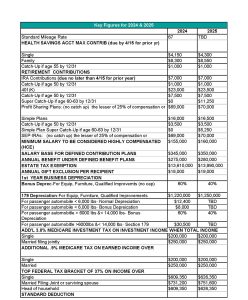
If you are automotive dealership or part of an automotive group, chances are that you have several operating leases that will soon (2020) be required to be recorded on the balance sheet as an asset due to FASB’s recently issued ASU No. 2016-02, Leases, Topic 842. This new professional standard requires you to record a right-of-use asset and a lease liability reserve on all operating leases longer than 12 months. Similar to leases currently referred to as “capital” leases, Topic 842 changes the classification to “finance” leases. Topic 842 requires the entity to record on its books an right-of-use asset and lease liability reserve for all operating leases.
Are Operating Leases and Finance Leases Treated the Same?
After reading the standards update, clients of LSL CPAs and Advisors have asked us, “Okay, so is there any difference in how I should be treating a finance (currently “capital”) lease and an operating lease?” Below are some of the notable differences: Balance Sheet – May need to record a right-of-use asset and a lease liability reserve. Income Statement – Finance vs. Operating classification – “Finance Leases” require the interest component to be recognized separately from the amortization of the right-of-use asset in the income statement and “Operating Leases” require a single lease cost, generally recorded / amortized over a straight-line basis over the term of the lease. Cash Flows – “Finance Leases” show repayments of principal as financing activities and payments of interest on the lease liability reserve as operating activities. “Operating Leases” show all cash payments as operating activities.
Implementation Effective Date and Approach
For most automotive dealerships and automotive groups (using a calendar year accounting period), the effective implementation date will be January 1, 2020. However, early implementation is permitted. Before committing to early implementation of the standard, please consider / review any current agreement(s) you have and how the recording of these leases which affect any loan covenants you have with your banks. Lessees and lessors are required to recognize and measure leases using the provisions of Topic 842 at the beginning of the earliest period presented using a retrospective approach. For example, if your financial statements are presented on a two year comparative basis and you implement the standard for your financial statements for the periods ending December 31, 2019 and 2020, you will need to determine the present value of the remaining lease payments as of January 1, 2019. This process will be crucial in determining the necessary information for the balance sheet, income statement, and cash flows for the 2019 and 2020 financial statements.
What Can We Do Now to Prepare?
Get started and ensure you have identified all agreements that are leases or involve leases. Topic 842 defines a lease as “a contract that conveys the right to use an asset for a period of time in exchange for consideration”. You should already be aware of all finance leases, so focus on your operating leases. Prepare your calculations of the present value of the lease payments on your leases now to minimize the time and effort required of your accounting department when it is time to close the books. We at LSL CPAs and Advisors can help you! Give us a call at 949.829.8299.




